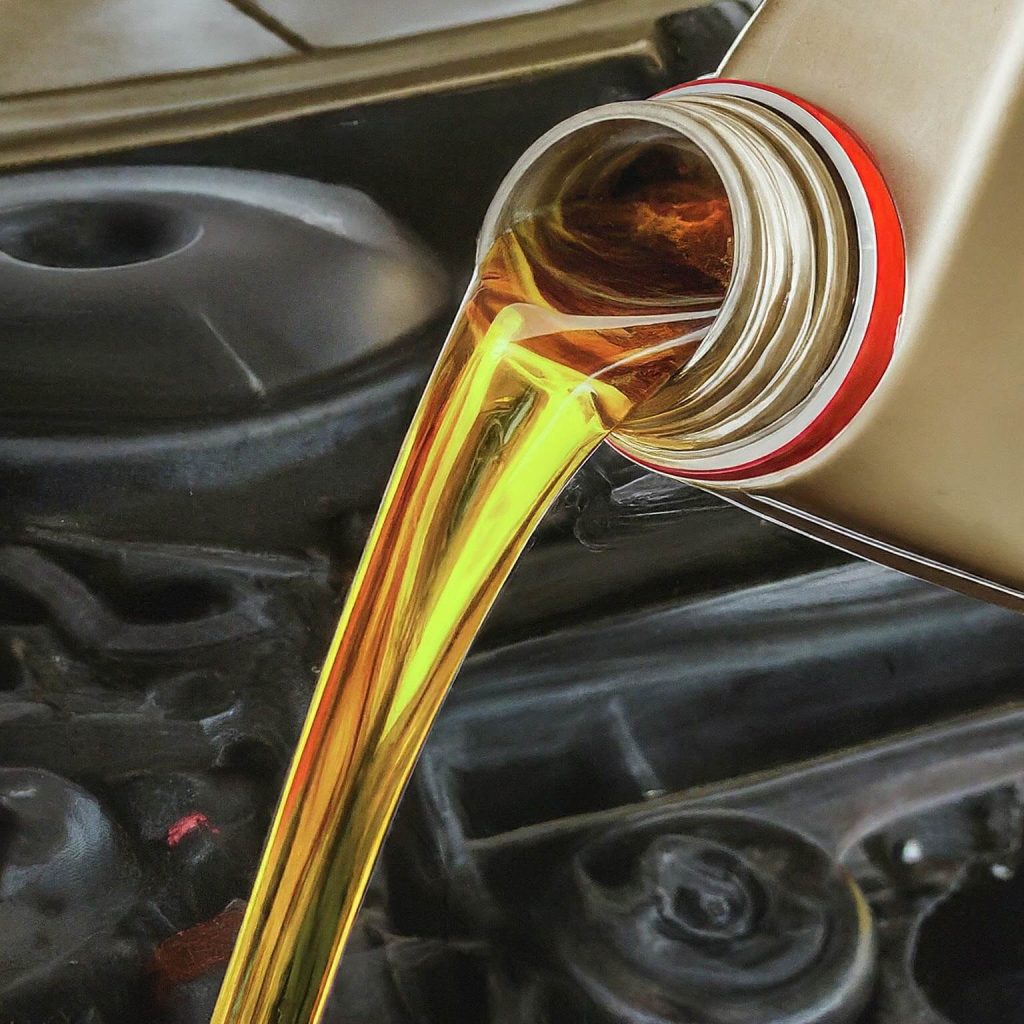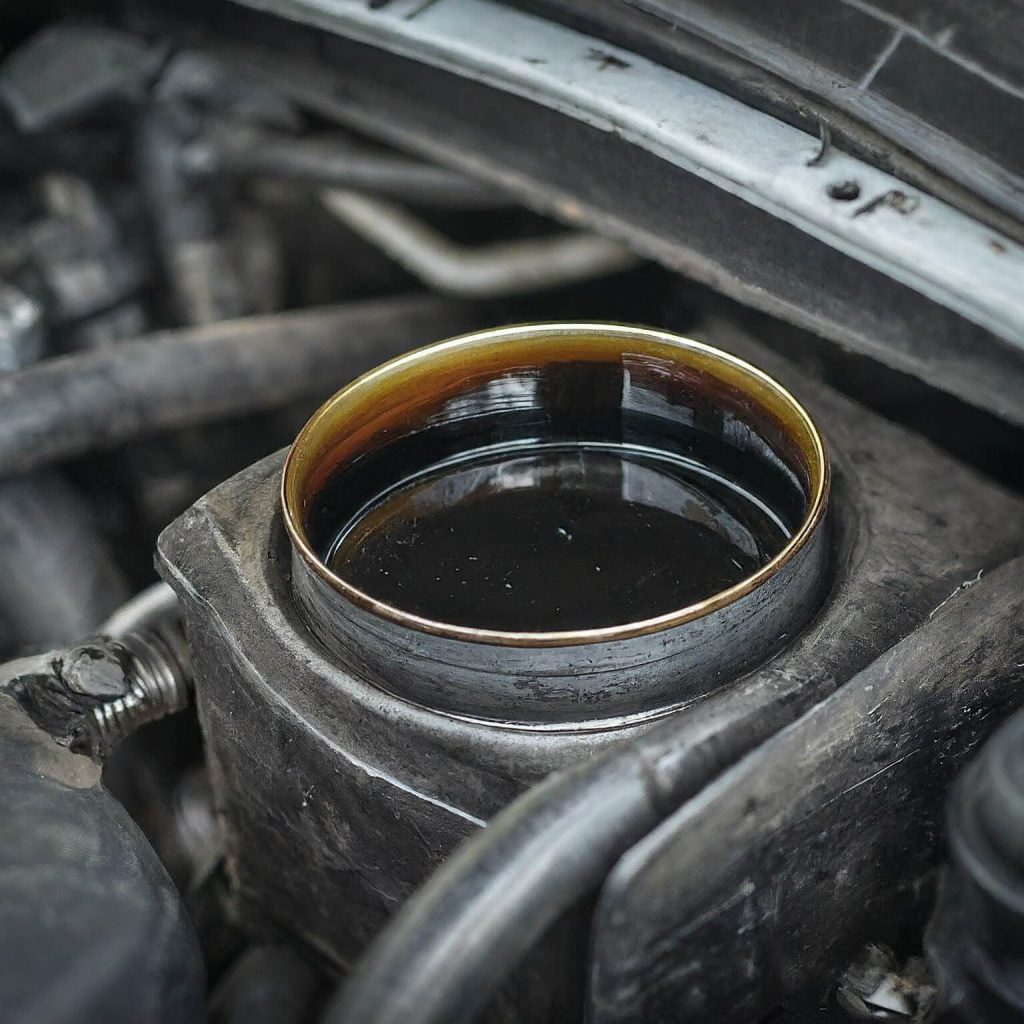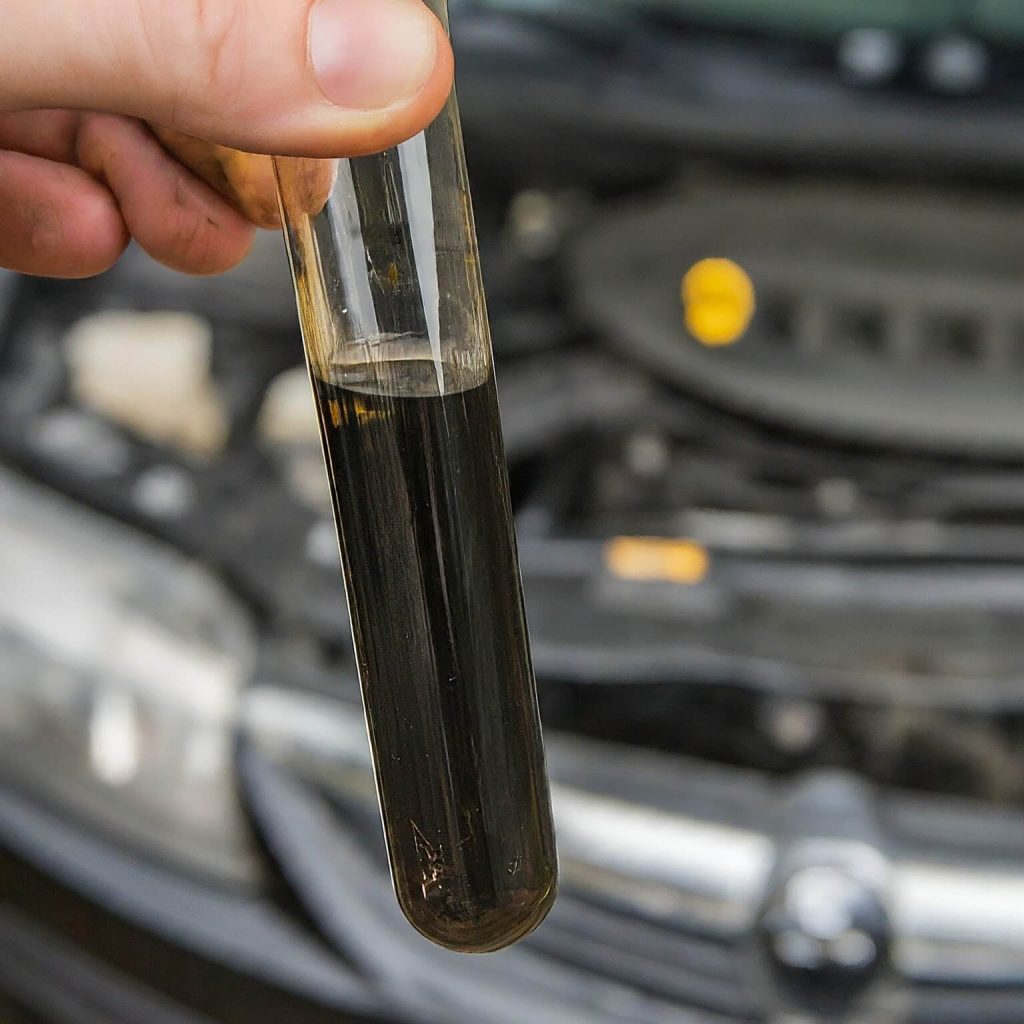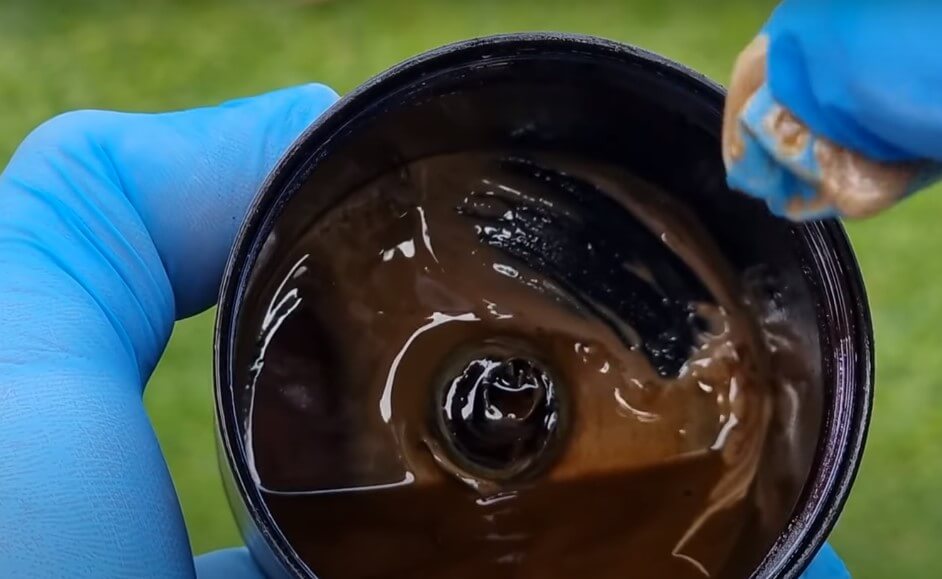Engine oil is like the blood of your car’s engine. It reduces friction, keeps things cool, and prevents wear and tear. But just like blood, healthy oil has a specific appearance. Discolored oil can be a warning sign of underlying issues. Let’s delve into what bad engine oil color means and what actions to take.
Understanding Normal Engine Oil Color
Fresh engine oil, typically referred to as conventional oil, boasts a beautiful golden or amber hue. This color resembles liquid honey and signifies clean, uncontaminated oil. It performs optimally, providing excellent lubrication and viscosity for peak engine performance and fuel efficiency.

Maintaining this golden color requires following your vehicle manufacturer’s recommended oil change intervals. Using the correct oil grade specified in your car’s manual is equally important.
Getting dark :
As your engine runs, the oil does its job by collecting dirt, debris, and combustion byproducts. These contaminants cause the oil to gradually darken over time. This color change, from a light amber to a deeper shade of brown, is perfectly normal.
The oil’s detergents and dispersants suspend these contaminants, preventing them from settling on engine components. This gradual darkening signifies the oil is effectively cleaning your engine.

Red Flags: When Engine Oil Color Signals Trouble
Black Oil:
While some darkening is expected, excessively black oil, especially if it occurs rapidly after an oil change, can be a cause for concern. Here’s what it might indicate:
- Heavily Used Oil: If you haven’t changed your oil in a long time, the accumulated contaminants can overwhelm the oil’s cleaning abilities, leading to excessive blackness. This oil has likely lost its lubricating properties and needs immediate replacement.
- Overheating: Extreme engine temperatures can accelerate oil breakdown. This can cause the oil to become not only black but also thin and syrupy, losing its viscosity and ability to protect your engine.
- Excessive Blow-By: Blow-by refers to the leakage of combustion gases past the piston rings into the crankcase. This can happen due to worn piston rings, cylinder walls, or valve guides. Excessive blow-by contaminates the oil with unburned fuel, further accelerating its breakdown and contributing to a blackened appearance.

Milky or Creamy Oil:
The most common culprit behind coolant leaking into the oil is a faulty head gasket. The head gasket acts as a seal between the engine block and cylinder head. When it fails, coolant can leak from the coolant passages into the oil channels

Metallic Sheen:
Engine oil lubricates moving parts, reducing friction and wear. However, over time, normal engine operation causes tiny metal particles to flake off from components like piston rings, bearings, and camshafts. These particles get suspended in the oil. Typically, the oil filter traps these microscopic particles.

However, if you notice a shimmering, metallic appearance on your dipstick, it could indicate an excessive amount of metal particles in the oil. This suggests increased engine wear, potentially due to:
- High Mileage: As engines age and accumulate miles, wear on components becomes more pronounced.
- Severe Operating Conditions: Frequent towing, off-roading, or stop-and-go traffic can put extra stress on the engine, accelerating wear.
- Low-Quality Oil: Using oil that doesn’t meet the manufacturer’s specifications or failing to change it regularly can compromise lubrication and lead to increased wear.
What To Do:
- Refer to your owner’s manual: It specifies the recommended oil type and change intervals for your car.
- Schedule an oil change: If the oil is dark brown or approaching your recommended mileage, get it changed. Early and frequent oil changes are crucial for engine health.
- Consult a mechanic: If the oil is black, milky, or contains metal flakes, don’t drive the car further. Have a mechanic diagnose the problem to prevent further damage.
Preventing Discolored Oil:
- Regular oil changes: Stick to your manufacturer’s recommended intervals. Consider severe driving conditions like short trips or stop-and-go traffic, which may require more frequent changes.
- Use high-quality oil: Choose oil that meets the American Petroleum Institute (API) standards specified in your owner’s manual.
- Maintain proper coolant levels: Coolant leaks can lead to oil contamination. Check your coolant reservoir regularly.
By understanding engine oil color and taking necessary actions, you can ensure your car’s engine runs smoothly and lasts for years to come. Remember, preventive maintenance is key to avoiding costly repairs down the road.
Preventive Maintenance is Key
Regular oil changes are vital for maintaining healthy engine oil and optimal engine performance. Sticking to your manufacturer’s recommended oil change intervals is crucial. Additionally, keeping an eye on your oil level and color between changes can help you identify potential problems early on.
By understanding what bad engine oil color signifies and taking prompt action, you can ensure your car’s engine runs smoothly and efficiently for miles to come. Remember, preventive maintenance is always cheaper than repairs!
Leave a Reply